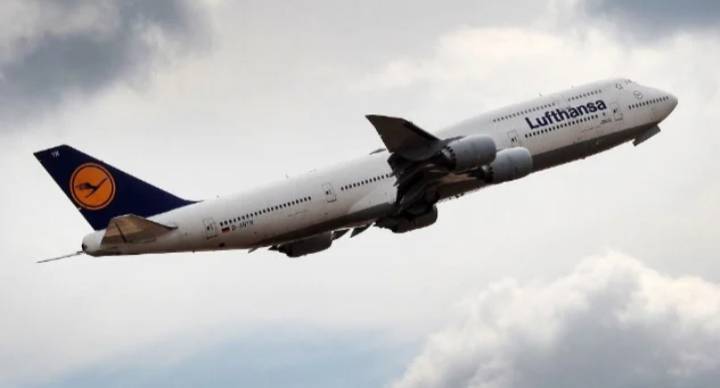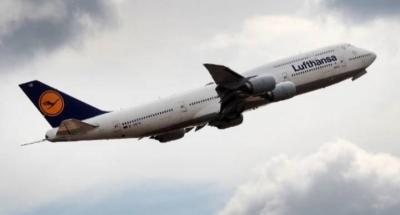Last Tuesday, Boeing delivered the last jumbo 747 aircraft to leave its factories. Farewell to the giant plane that transformed the world of air travel since its first flight in 1969. It played many roles, from transporting 500 passengers per flight around the world to shipping tons of goods, carrying massive rocket carts for NASA, and serving as Air Force One when the President of the United States travels on official trips. I read from a Saudi pilot that the jumbo is the easiest aircraft to pilot; despite its enormous size, it feels like driving an ordinary car. However, the unfortunate aspect is that this giant consumes a lot of fuel due to its four engines. Therefore, Boeing and its competitor Airbus focused on developing twin-engine aircraft over the past two decades. Thus, last Tuesday's giant carried the number 1,574, marking the end of a beautiful era of the magic carpet that transports millions of people every year, while the last plane will go to the cargo company Atlas Air.
Approximately 50,000 employees worked for 16 months to produce the first jumbo at Boeing's factories. The world marveled at the sight of a 70-meter long aircraft, with its tail towering 6 stories above the ground, which aviation scientists at the time called the "whale," while the press dubbed it the "Queen of the Skies." The first jumbo was owned by the American company Pan Am, which eventually shut down after the famous Lockerbie incident. Boeing then produced an advanced model 747–400 in the late 1980s, capable of making a 20-hour flight, which means a significant fuel saving and greater speed in transport without the need to land at multiple airports during the flight.
When the first passenger jumbo arrived in New York in 1973, I felt as if I was entering a building or a cinema, with a long queue of travelers, and this came about 15 years after the start of my travels on a four-engine plane that was noisy and didn't fly high above the clouds, frequently exposing it to turbulence whenever a white cloud appeared, and woe to us if there was a dark, angry cloud. We then transitioned to the British-made Comet jet, which was also astonishing compared to its predecessors, and aviation quickly became all about jets, increasing competition. Airbus emerged as a formidable competitor to Boeing, and then the Europeans launched the Concorde, which could fly faster than the speed of sound, allowing business people to have lunch in Paris and dinner in New York in just three hours and fifteen minutes. Unfortunately, the Concorde was retired after a horrific accident at Charles de Gaulle Airport. Humanity returned to traveling behind the speed of sound instead of ahead of it.
However, this industry, resembling dreams and imagination, is more susceptible to losses and setbacks than others. This is typically seen during major oil crises or during a horrific global pandemic that confined people to their homes in fear of death from the COVID-19 germs. Year after year, the air travel industry evolves, similar to the land travel industry by car or train. It seems we are getting very close to the era of flying taxis. There is now a plane that flies around the world using only solar energy. Recently, Emirates Airlines announced the completion of the first flight powered by sustainable fuel. We do not know what scientists are working on in their secret laboratories to usher us into another future that is also beyond our imagination.




